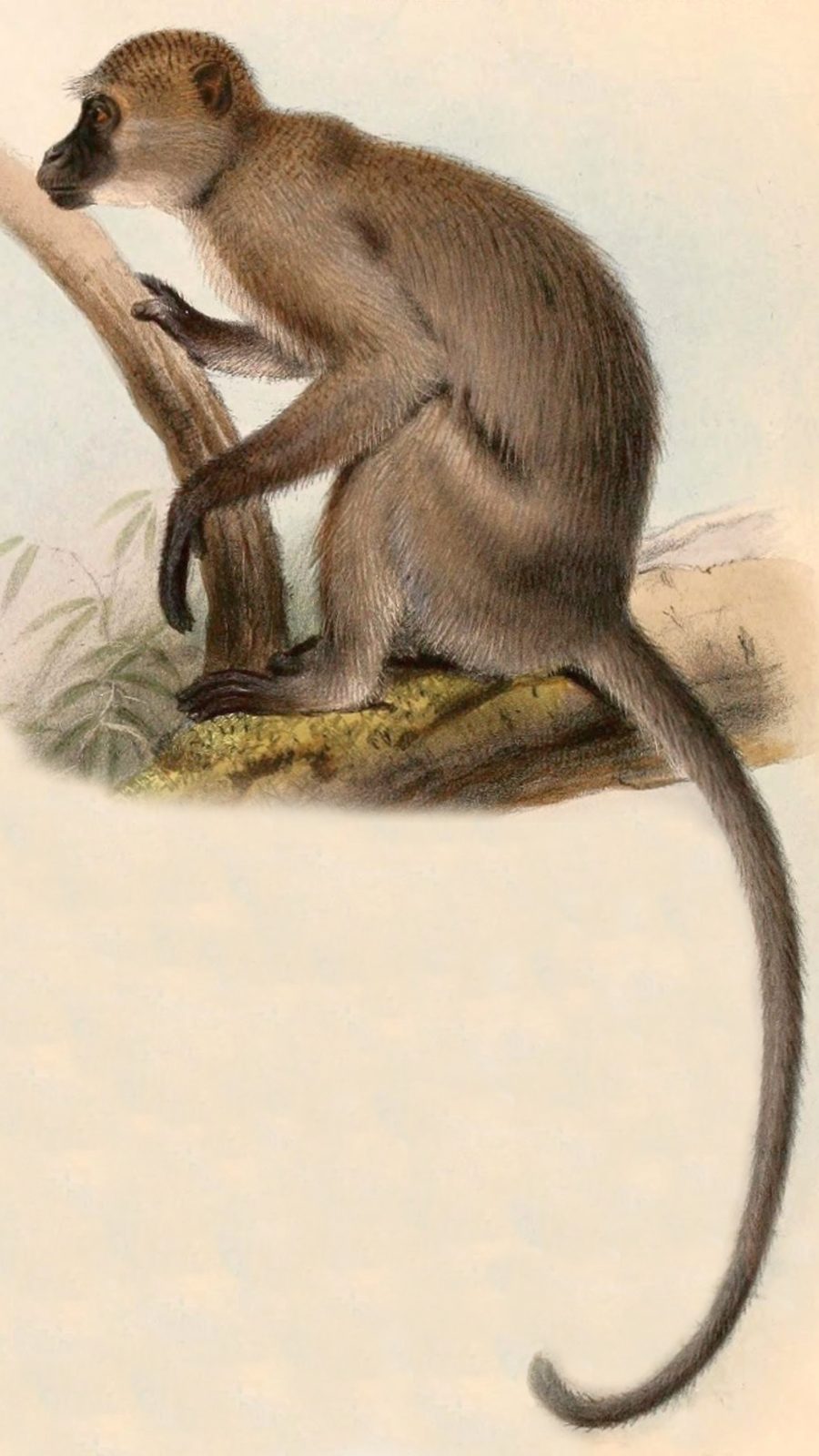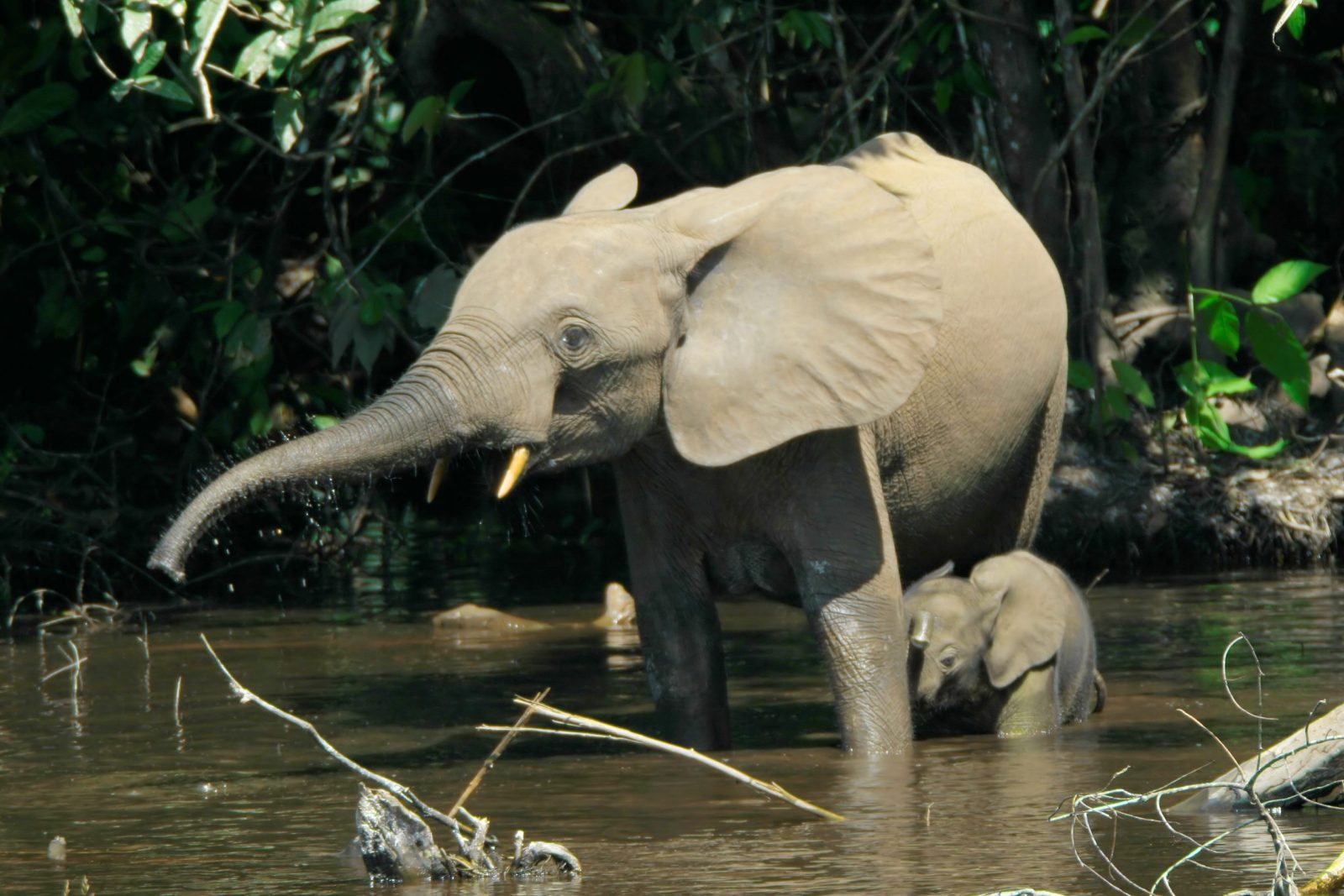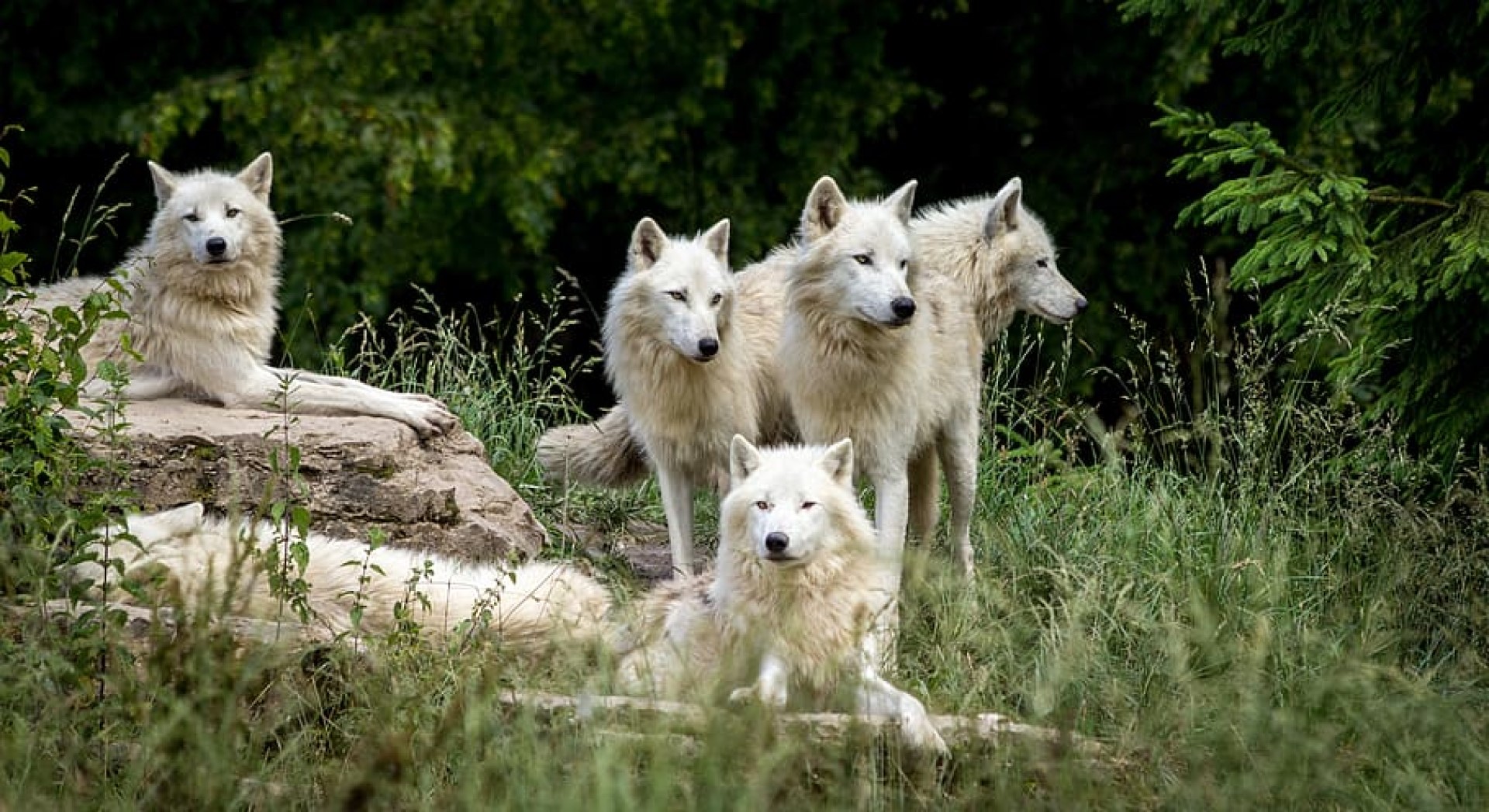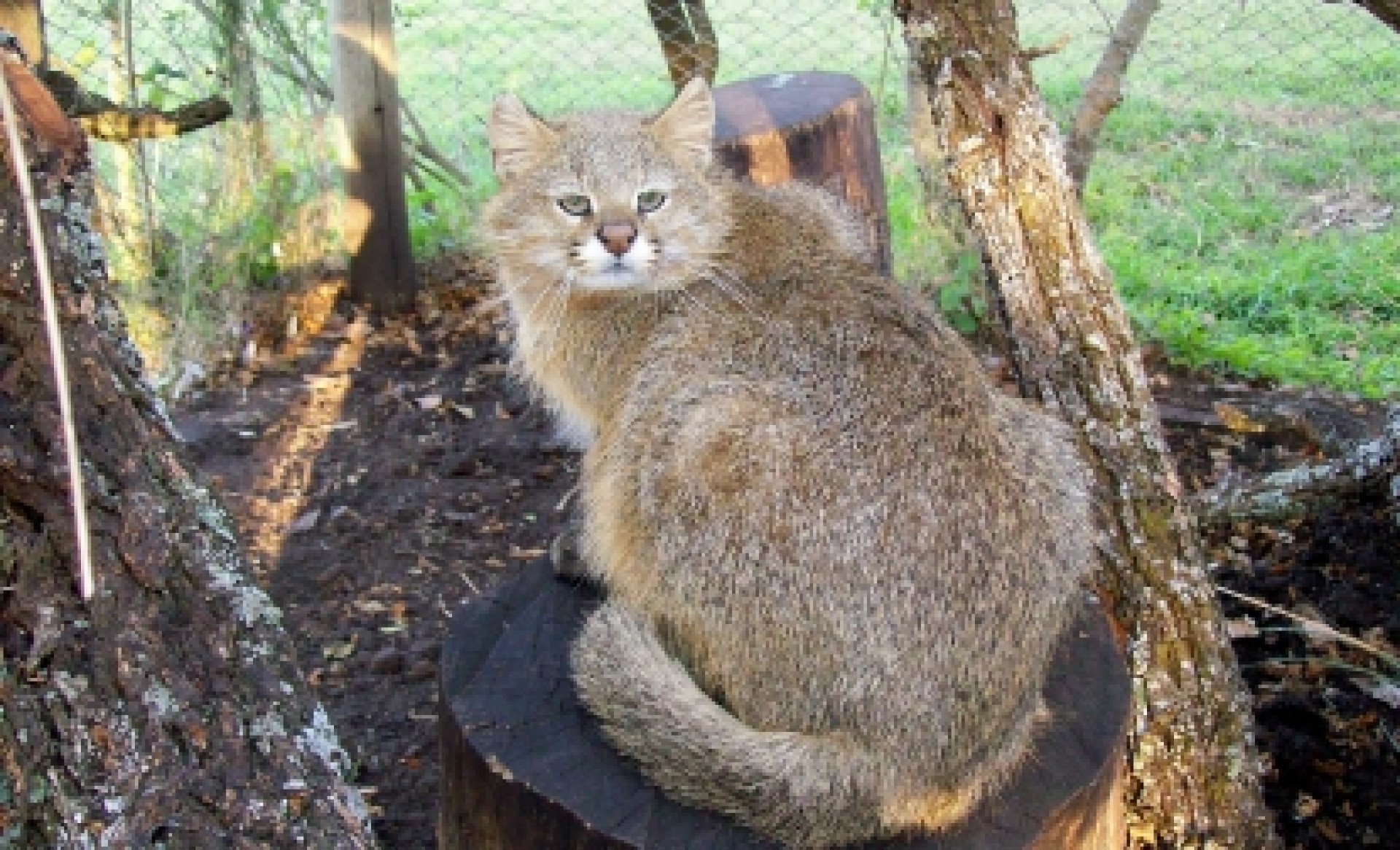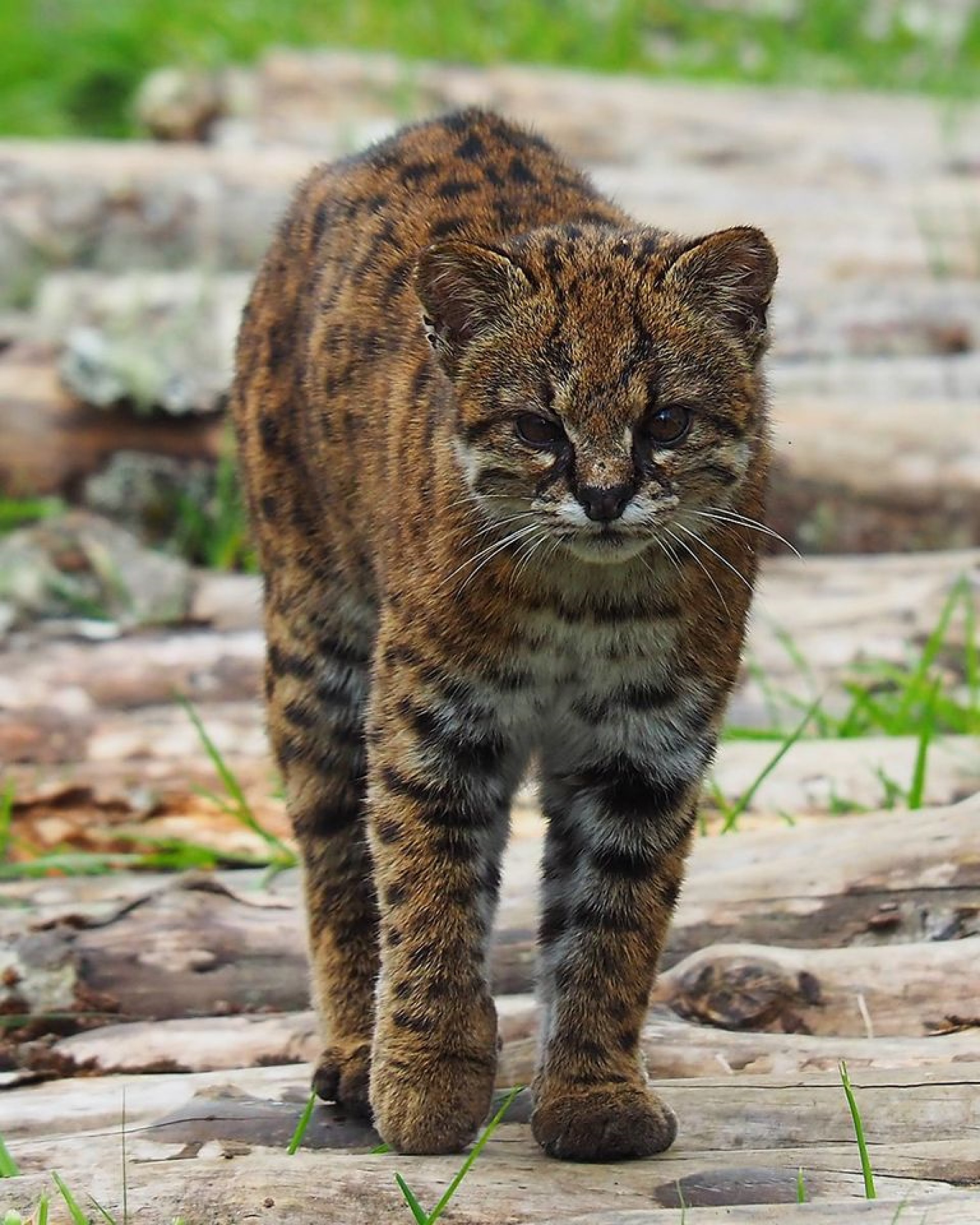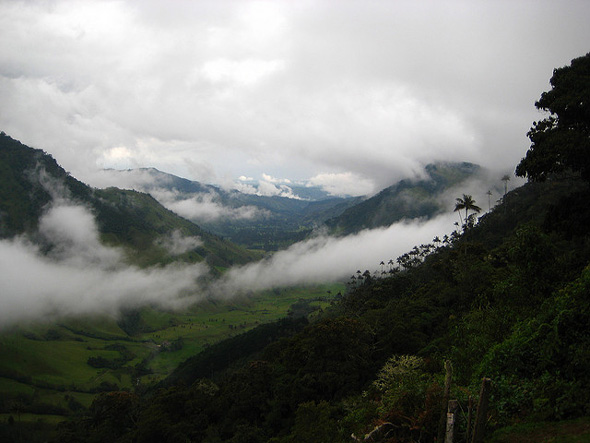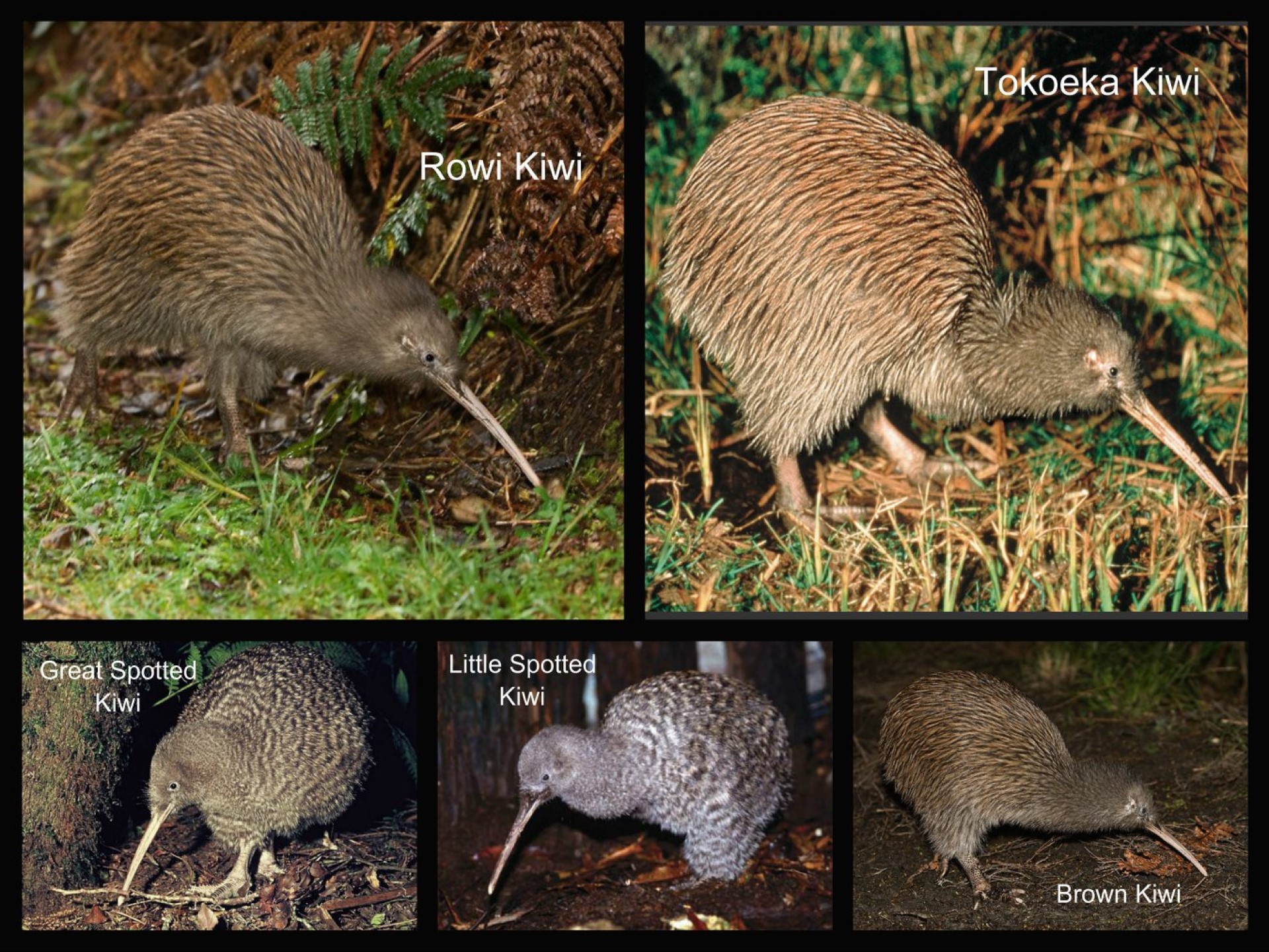
Photo credit Tae Eke
Kiwi
It is thought that around 70,000 Kiwi remain on the two islands of new Zealand. One might think that this was high, but it is estimated that there were around 12 million before humans arrived – so around 0.5% of the population survives. More importantly, this is after a great deal of work has been done by many grassroot groups, in order to shore up the population – it has been far lower in the past.
Furthermore, roughly 2% of the umanaged kiwi are lost each week (around 20 birds). When well protected, a kiwi can live 25-50 years.
Rowi Kiwi
The rarest species, there are only thought to be around 450 of this bird remaining (as of last full survey in 2015). It is found in Ōkārito forest and surrounds in South Westland, predator-free islands of Marlborough Sounds, this is one of 5 designated kiwi sanctuaries declared in 2000.
As you can see, Kiwi is not a species but a group of species. While different species have been known to breed where their range overlaps, saving each species is a separate task
Tokoeka Kiwi
Translating to Weka with a walking stick, this species
- Haast tokoeka is Threatened – Nationally Vulnerable 400
- Southern Fiordland is Threatened – Nationally Endangered
- Northern Fiordland tokoeka is Threatened – Nationally Vulnerable
- Rakiura tokoeka is At Risk – Naturally Uncommon
Stoats are the main threat, with the total population numbering around 13000
Great Spotted Kiwi
Current population 14,000, it is restricted to the upper parts of the south islands national parks – specifically Sub-alpine zones of North West Nelson, the Paparoa Range, and Arthur’s Pass.
The largest species, it is thought to be declining by around 1.6% a year.
There are 4 genetically distinct populations Northwest Nelson, Westport, Paparoa Range and Arthur’sPass–Hurunui.
There are plans in place to save the species but time will tell if they prove successful.
Little spotted Kiwi
With a population of 1670it is found on Kapiti island (1200 are found on Kapiti island, from 5 translocated to the island early in teh 20th century) and 10 other pest free areas.
They start feeding themselves and roaming alone at 5-7 days, though they will return to the nest for around 60.
Each population is either stable or growing, so the overall trend is up.
Brown Kiwi
Living in lowland and coastal native forest and subalpine areas in the North Island, there are around 26,000 of this species. Although the most numerous, the population is reducing around 2-3% each year. It is estimated that without a change it will be lost in 2 generations.
Having said this, they have a greater capacity to recover, as unlike other species, they usually produce 2 eggs each time they mate, and can produce 2 clutches a year.
There are 4 distinct subspecies which live in different areas and do not interbreed.
- Northland brown kiwi 8000
- Coromandel brown kiwi 1700
- Western brown kiwi 8000
- Eastern brown kiwi 8000
Main threats is from predation by dogs.
As always, we are keen to add links that will allow people to book to see these animals in the wild. If you work as a tour guide or similar, do get in touch – click on list your wild place on the home page.
Bringing the Kiwi back to Wellington wilds
- Tim
- January 11, 2023
The Kiwi is an interesting bird. As with many birds that developed on islands without mammals, they cannot fly.



 known as imbabala is a
known as imbabala is a

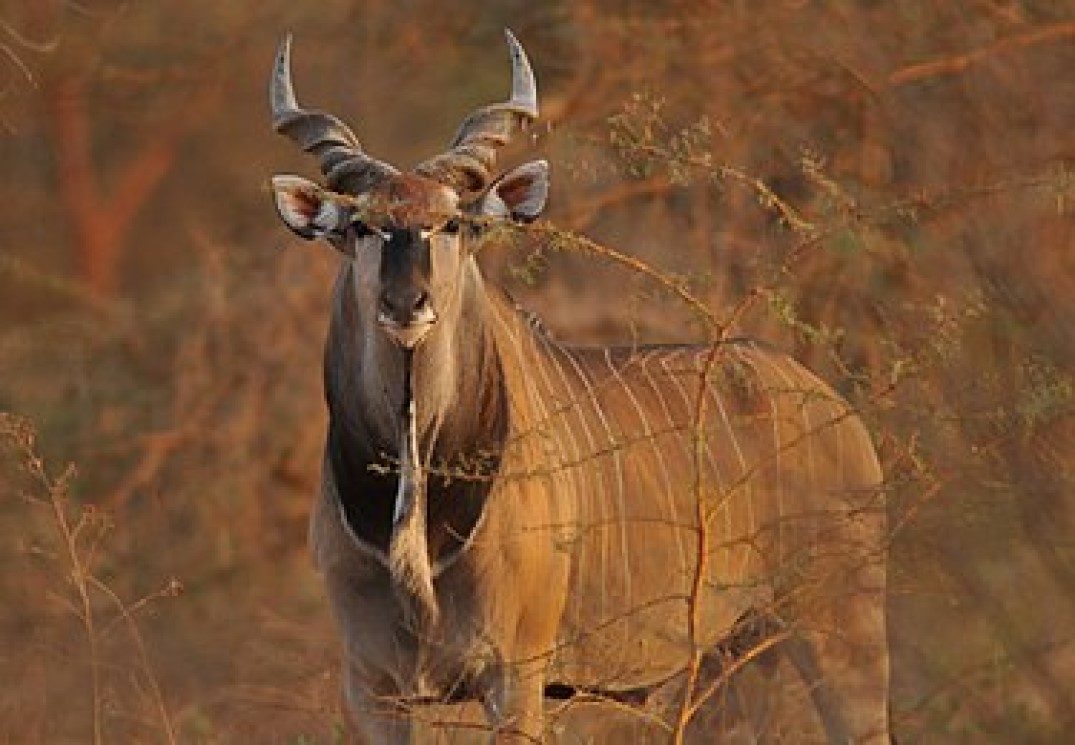

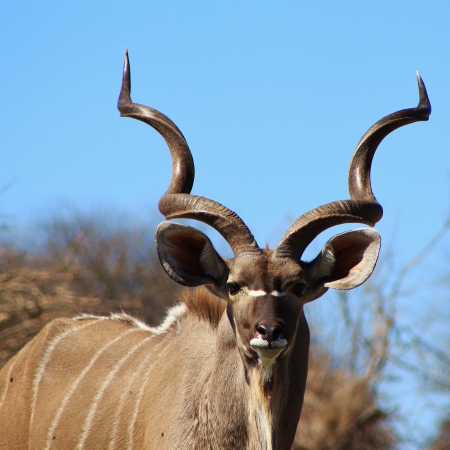
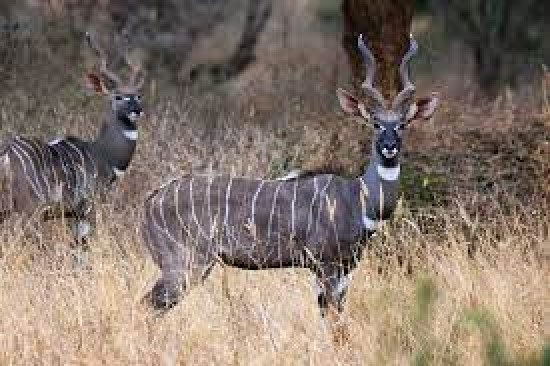
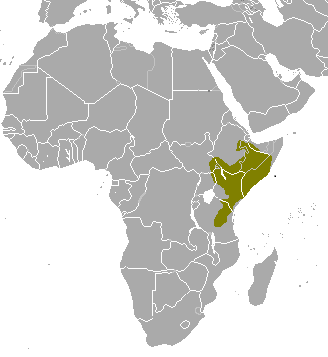
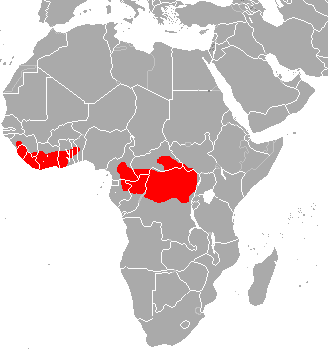 The bongo is a large, mostly nocturnal, forest-dwelling antelope, native to sub-Saharan Africa. Bongos are characterised by a striking reddish-brown coat, black and white markings, white-yellow stripes, and long slightly spiralled horns. It is the only member of its family in which both sexes have horns. Bongos have a complex social interaction and are found in African dense forest mosaics. They are the third-largest antelope in the world.
The bongo is a large, mostly nocturnal, forest-dwelling antelope, native to sub-Saharan Africa. Bongos are characterised by a striking reddish-brown coat, black and white markings, white-yellow stripes, and long slightly spiralled horns. It is the only member of its family in which both sexes have horns. Bongos have a complex social interaction and are found in African dense forest mosaics. They are the third-largest antelope in the world.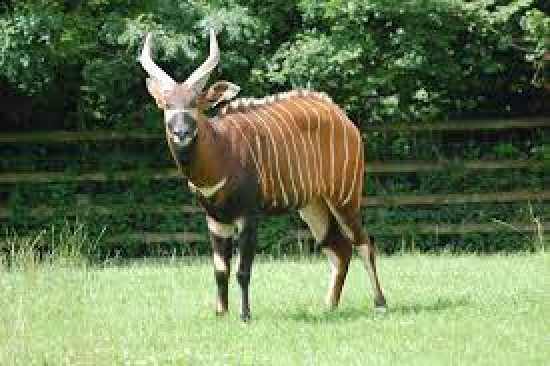
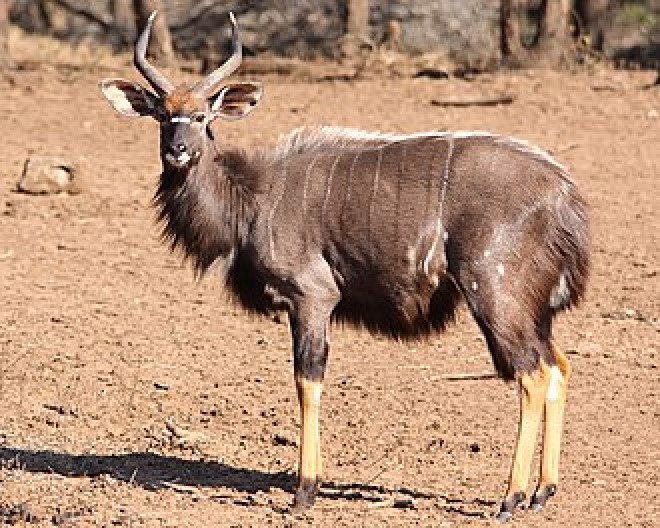


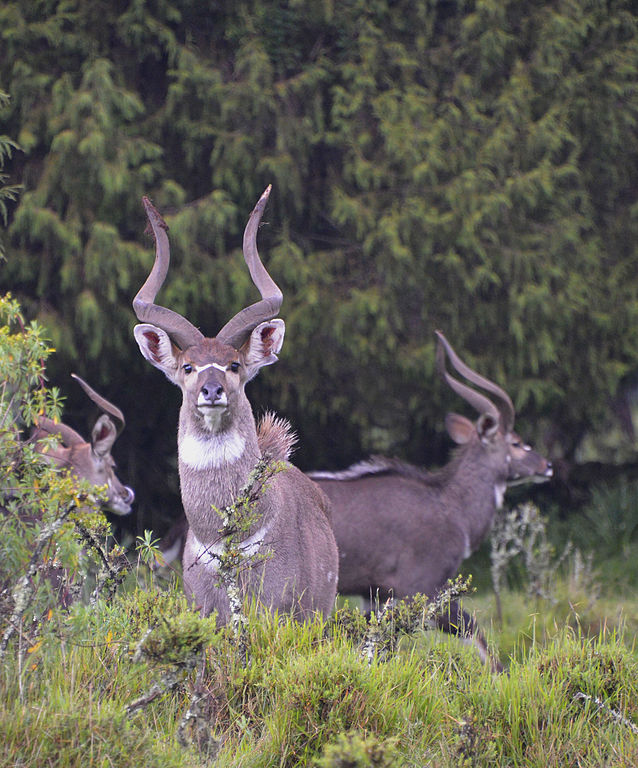

 swamp-dwelling medium-sized antelope found throughout central Africa (see the map to the right. The sitatunga is mostly confined to swampy and marshy habitats. Here they occur in tall and dense vegetation as well as seasonal swamps, marshy clearings in forests, riparian thickets and mangrove swamps.
swamp-dwelling medium-sized antelope found throughout central Africa (see the map to the right. The sitatunga is mostly confined to swampy and marshy habitats. Here they occur in tall and dense vegetation as well as seasonal swamps, marshy clearings in forests, riparian thickets and mangrove swamps.